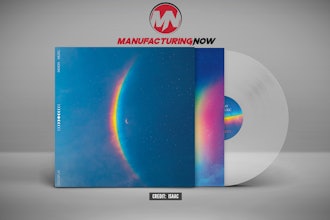With work dating back to 2014 focused on detecting viruses like Ebola and Zika, a team of scientists from MIT and Harvard are currently developing a facemask that would light up when a person with the coronavirus breathes, coughs or sneezes.
Ideally, the work done by Jim Collins and his colleagues could offer a quicker, more cost-effective virus screening option at airports, businesses and medical care facilities. It could also help provide on-the-spot verification of the disease in reducing the pressures placed on testing resources.
The masks, which could begin trials within the next few weeks, use embedded sensors to produce fluorescent signals when an infected person’s mucus or saliva comes in contact with the mask. The sensors have proven to work on materials from paper and plastic to cloth.
The sensors consist of genetic material that binds to the virus when it comes into contact with it. This material undergoes a production process that enables it to remain stable at room temperature for several months, giving the masks a shelf life. The sensors are activated by a combination of moisture and the targeted virus' genetic sequence. The sequence of the coronavirus was first identified in January. Once the sensors are exposed to the virus, they emit a fluorescent signal within one to three hours.
Although these sensors sound complex, they could be a less expensive and more reliable detection option than current tests. The ability to provide results in three hours is better than a lab’s 24-hour turnaround, and the costs associated with the test come in at under $25. The current coronavirus test costs between $35-$50.
Next steps include use-case testing and finalizing a design that could see the all-important sensors either embedded within a mask, or developing an attachment that could be fitted to any over-the-counter mask. According to an article on BusinessInsider.com, the team hopes to begin manufacturing by the end of the summer.






















